Introduction
Watermelons, with their juicy, sweet flesh and refreshing taste, are a staple of summer. Whether enjoyed as a slice on its own, blended into a smoothie, or incorporated into various culinary dishes, this fruit offers a delightful escape from the heat. However, not all watermelons are created equal. Some can be dry, lackluster, and almost flavorless, while others burst with sweetness and hydration. Discerning the quality of a watermelon before purchasing it can be a challenge, especially for those unfamiliar with the nuances of selecting the perfect one. This comprehensive guide aims to demystify the process and provide actionable tips to ensure you always bring home the best watermelons.
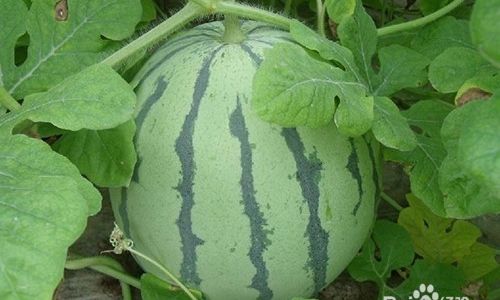
Understanding Watermelon Varieties
Before diving into the specifics of how to pick a good watermelon, it’s essential to understand the different varieties available. Each type has its unique characteristics, which can influence taste, texture, and even the method of selection.
- Crimson Sweet: One of the most popular varieties, known for its deep red flesh, sweet flavor, and high juice content.
- Charleston Gray: A classic variety with a dark green rind and stripes, offering a balance of sweetness and firmness.
- Sugar Baby: A smaller, round watermelon perfect for individual servings. It’s known for its sweetness and compact size.
- Black Diamond: As its name suggests, this variety has a dark, almost black rind. It’s highly prized for its rich, sweet flavor and firm texture.
- Yellow Flesh Watermelons: Unlike the traditional red-fleshed varieties, these watermelons have a bright yellow interior. They tend to be sweeter and have a unique, nutty flavor.
Understanding these varieties can help you set expectations and narrow down your choices based on personal preference.
Visual Inspection: The Art of Observing
The first step in discerning the quality of a watermelon is visual inspection. This involves examining the exterior of the fruit for specific characteristics that indicate freshness and ripeness.
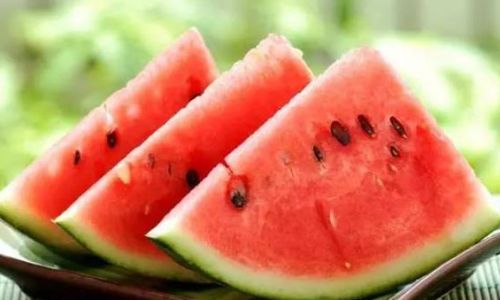
- Color: Depending on the variety, the rind should be a uniform, vibrant green with dark green or black stripes. Avoid watermelons with patches of white or yellow, which may indicate that the fruit was picked too early or has been on the vine too long.
- Shape: A well-shaped watermelon is symmetrical and evenly rounded. Avoid those that are misshapen or have flat spots, as they may not be fully developed.
- Underside: The bottom of the watermelon, where it rests on the ground, should have a yellowish spot. This “ground spot” indicates that the watermelon has been ripening on the vine, absorbing nutrients and developing its full flavor.
- Texture of the Rind: The rind should feel firm and smooth to the touch. Avoid watermelons with soft spots or cracks, as these can be signs of over-ripeness or damage.
Auditory Assessment: The Sound of Ripeness
One of the most iconic methods for checking a watermelon’s quality is by tapping on it. This technique, often referred to as “thumping,” involves using your knuckles to produce a sound that can reveal the fruit’s internal condition.
- Thumping Technique: Place your ear close to the watermelon and gently tap it with your knuckles. Listen for a deep, hollow sound. This indicates that the watermelon is juicy and ripe. A dull or solid sound may suggest that the fruit is underripe or overripe.
- Vibration: Pay attention to how the sound resonates. A ripe watermelon will produce a sound that vibrates throughout the fruit, indicating that it is full of moisture.
While this method may take some practice to perfect, it’s a valuable skill that can greatly enhance your watermelon selection process.
Tactile Examination: Feeling for Firmness
Touch is another sense that can provide valuable insights into a watermelon’s quality. By gently pressing on the fruit, you can assess its firmness and overall structure.
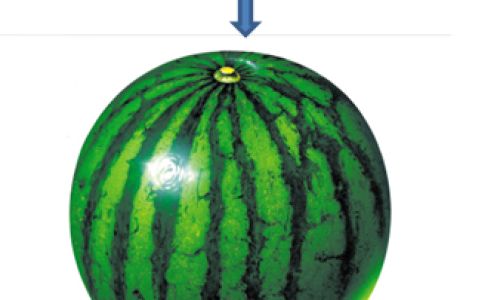
- Firmness: A ripe watermelon should feel firm but not overly hard. Avoid those that are too soft, as they may be overripe or starting to rot.
- Heaviness: Pick up the watermelon and feel its weight. A heavy watermelon, relative to its size, is a good sign, as it indicates that it’s full of juice.
- Consistency: Run your hand over the rind to check for any soft spots or inconsistencies. These can be signs of internal damage or rot.
Smell Test: The Aroma of Ripeness
While watermelons don’t have a particularly strong aroma, a ripe one should have a faint, sweet scent. This can be a subtle but useful indicator of freshness.
- Freshness: Bring your nose close to the rind and inhale deeply. A ripe watermelon will have a faint, sweet smell, reminiscent of fresh produce.
- Avoid Strong Odors: If the watermelon smells overly strong or has an unpleasant odor, it may be overripe, moldy, or have been stored for too long.
Field-to-Table Considerations
Understanding where and how your watermelon was grown can also provide valuable insights into its quality.
- Seasonality: Watermelons are a summer fruit, and their peak season varies depending on your location. Purchasing watermelons during their peak season ensures that they are fresher and more likely to be ripe.
- Farming Practices: Organic watermelons may have a richer flavor and higher nutritional content due to the absence of synthetic fertilizers and pesticides. Support local farmers and ask about their farming practices to make informed choices.
- Storage Conditions: Once picked, watermelons continue to ripen slightly. However, prolonged storage can lead to a loss of moisture and flavor. Choose watermelons that have been recently harvested and stored in cool, dry conditions.
Additional Tips for Selecting the Best Watermelon
- Inspect the Stem: If the watermelon still has its stem attached, it should be green and fresh. A brown or dried-out stem can indicate that the fruit has been on the vine for too long or has been picked too early.
- Check for Bruises: Look over the entire watermelon for any signs of bruises, scratches, or dents. These can be entry points for bacteria and can compromise the fruit’s freshness.
- Trust Your Instincts: Sometimes, the best way to pick a watermelon is to trust your instincts. If a watermelon looks, sounds, and feels right, it probably is. Don’t be afraid to combine multiple selection methods to make the most informed choice.
Conclusion
Selecting a high-quality watermelon doesn’t have to be a hit-or-miss endeavor. By combining visual inspection, auditory assessment, tactile examination, and a keen sense of smell, you can discern the quality of a watermelon with confidence. Understanding the different varieties, seasonality, and farming practices can further enhance your selection process. Remember, the key to a delicious watermelon is to choose one that is ripe, juicy, and full of flavor. With these tips in mind, you’ll be able to bring home the perfect watermelon for your next summer feast.
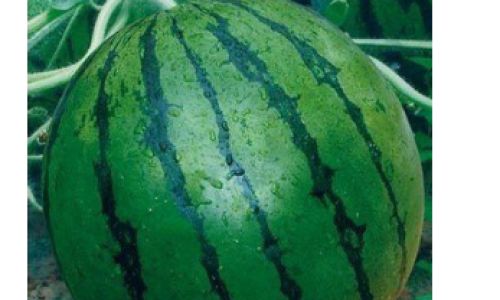
This guide covers a wide range of factors to consider when selecting a watermelon, from visual and auditory cues to tactile examination and understanding the farming practices behind the fruit. By incorporating these tips into your shopping routine, you’ll be able to enjoy the sweet, juicy taste of a perfectly ripe watermelon every time. Happy selecting!


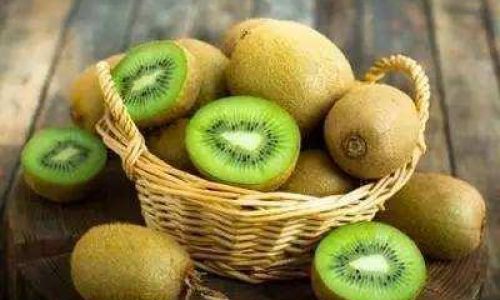

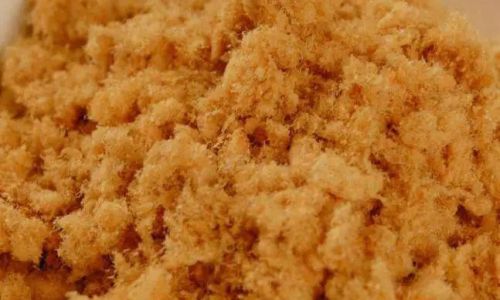

0 comments